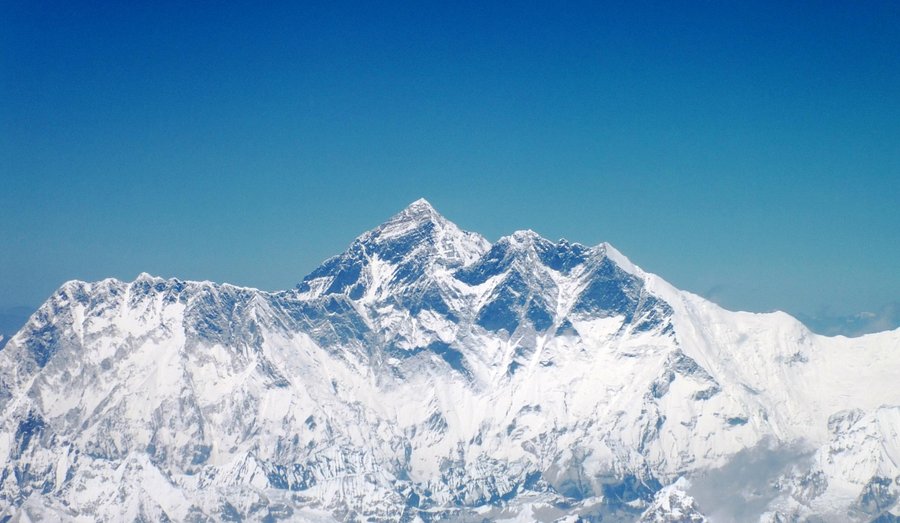1)“The rising polarisation and populist backlash in the West, often framed as its ‘new civil wars’, reflect a clash over values, immigration, and globalisation. Critically analyse how these internal cleavages in Western societies could impact India’s strategic, economic, and diaspora interests.”
| Syllabus: General Studies – II: Effect of Policies and Politics of Developed and Developing Countries on India’s interests, Indian Diaspora |
The West, long regarded as a bastion of liberal democracy and stability, is witnessing growing internal divisions over immigration, cultural identity, and globalisation. Commentators increasingly describe these tensions as the West’s “new civil wars.” For India, whose ties with the US, UK, and Europe are crucial in trade, security, and diaspora links, these shifts pose both challenges and opportunities.
1. Nature of the Western Cleavages
(a) Values clash: Liberal emphasis on multiculturalism, diversity, and global cooperation vs. populist insistence on nationalism and Judeo-Christian cultural dominance.
(b) Immigration fault line: Liberals push for open borders; populists resist mass immigration, often invoking the “Great Replacement” narrative.
(c) Globalisation vs protectionism: Liberals defend free trade and global institutions; populists demand reshoring of jobs and retreat from multilateralism.
2. Implications for India
(a) Strategic Interests
- Uncertainty in alliances: Populist hostility to NATO/EU-like structures may weaken collective security frameworks where India partners with the West (e.g., Indo-Pacific strategy).
- Policy unpredictability: Populist leaders (e.g., Trump) can shift foreign policy based on domestic compulsions, complicating India’s long-term strategic planning.
(b) Economic Interests
- Retreat from globalisation: Western protectionism may close export markets for Indian goods and services, curtailing India’s late globalisation gains.
- Technology and supply chains: Reshoring policies could reduce India’s role in IT and manufacturing supply chains.
- Investment flows: Political polarisation could deter stable FDI and capital flows from Western markets to India.
(c) Diaspora and People-to-People Ties
- Immigration restrictions: Indian diaspora, particularly skilled workers in the US and UK, may face barriers due to populist anti-immigrant rhetoric.
- Backlash risks: Rising nationalism may fuel hostility towards Indian-origin communities, as seen in some anti-immigrant populist campaigns.
- Opportunity for soft power: A well-organised diaspora can also act as a bridge between India and Western societies, if engaged strategically.
(d) Diplomacy and Global Governance
- Fragmented West: India must navigate relations with both liberal and populist forces, avoiding over-reliance on a “monolithic West.”
- Human rights vs sovereignty: Liberals may criticise India’s domestic politics on rights issues, but populists may adopt transactional, interest-based relations.
The “civil wars” within the West signal the decline of a stable liberal consensus that underpinned globalisation and multilateralism. For India, the challenge lies in balancing ties with both liberal and populist actors, safeguarding diaspora interests, and diversifying economic and strategic partnerships. A nuanced engagement that recognises the plural nature of the West will be critical for advancing India’s long-term interests.
| PYQ REFERENCE: [2020] Q. ‘The Indian diaspora has a decisive role to play in the politics and economy of America and European Countries’. Comment with an example. [10 Marks] |
Source:https://indianexpress.com/article/opinion/editorials/my-octopus-teacher-10254067/?ref=infinite
2) “The Himalayas are highly vulnerable to extreme rainfall events.” Discuss the role of topography in this vulnerability and analyse how climate change is altering the frequency and intensity of such disasters.
The Himalayas, geologically young and fragile, face recurring disasters such as landslides, flash floods, and cloudbursts. Extreme rainfall events, intensified by climate change, are exposing the vulnerability of this region, with Uttarakhand and Himachal Pradesh witnessing multiple tragedies in recent years.
Role of Topography in Vulnerability
- Steep Slopes & Fragile Geology – The young fold mountains are tectonically active, making slopes unstable during intense rainfall e.g., Kedarnath floods 2013.
- Narrow Valleys & River Systems – Rainwater descends rapidly, causing flash floods in Alaknanda, Beas, and Chenab basins.
- Soil Composition – Loose sediment and moraine in glacial valleys easily get dislodged during cloudbursts e.g., Leh floods 2010.
- Deforestation & Slope Modification – Road cutting and hydropower tunnelling in Uttarakhand and Himachal Pradesh increase susceptibility
Impact of Climate Change
- Shift in Monsoon & Western Disturbances – Interaction between monsoons and shifting western disturbances has triggered record rainfall events e.g., Leh 59 mm in 48 hrs in 2025.
- Increased Frequency of Cloudbursts – IMD data shows rise in extreme rainfall (>100 mm/hour) in Himalayan states over the last two decades.
- Glacial Retreat & Permafrost Melting – Melting Himalayan glaciers destabilise slopes and release sudden floods Glacial Lake Outburst Flood in Chamoli, 2021.
Mitigation Measures
- Structural: Hazard zonation mapping, slope stabilization, check dams.
- Non-structural: Early warning systems, IMD–ISRO satellite integration.
- Ecological: Afforestation, banning construction in fragile zones.
- Community: Local disaster preparedness and relocation from high-risk valleys.
The Himalayas’ unique topography predisposes them to extreme rainfall disasters, but climate change is magnifying both frequency and intensity. A balanced approach combining ecological sensitivity, technology-driven monitoring, and sustainable development is essential to reduce disaster risk in the fragile Himalayan ecosystem.
| PYQ REFERENCE: [2016] Q. “The Himalayas are highly prone to landslides.” Discuss the causes and suggest suitable measures of mitigation. [10 Marks] |

